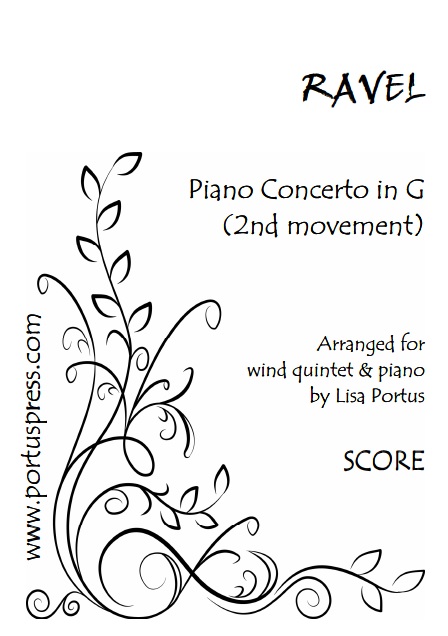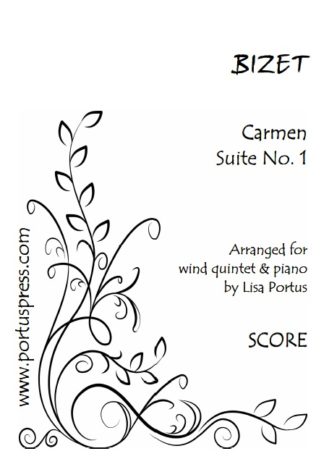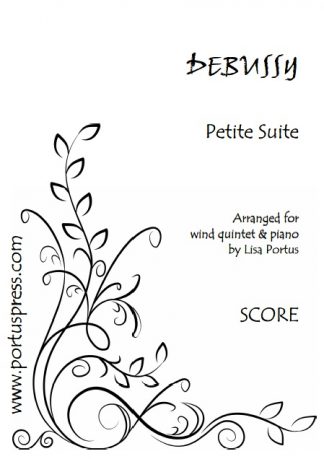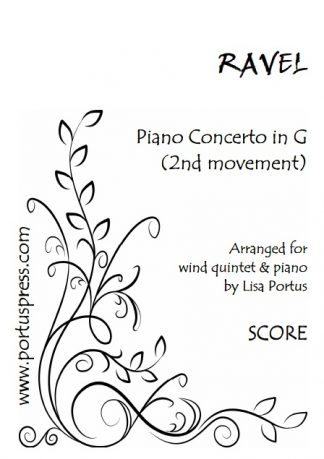Description
For his Piano Concerto in G (1929-1931) Ravel had in mind something light and fanciful: “In the spirit”, he said, “of Mozart and Saint-Saëns”. Following its première the concerto was immediately hailed a masterpiece, although it was to be one of Ravel’s last completed works.
Whilst the outer movements of the work are jaunty and jazzy the serene slow movement – arranged here – begins with one of the most poignant and beautiful melodies ever written. Its natural flow and apparent effortlessness belies the fact that Ravel laboured long and hard over its creation: “That flowing phrase!” he confessed, “How I worked over it bar by bar! It nearly killed me!”
After almost three minutes of lonely reverie the piano is joined by the woodwind who creep in one by one. When the opening theme resurfaces it is in the cor anglais, embellished by showers of delicate accompanying demisemiquavers in the piano.
Ravel had planned to end the concerto “with pianissimo and … trills”. He evidently decided against doing that but the second movement ends in precisely this way, with the music gently floating off into the ether.
In this arrangement the piano part is identical to the original.






